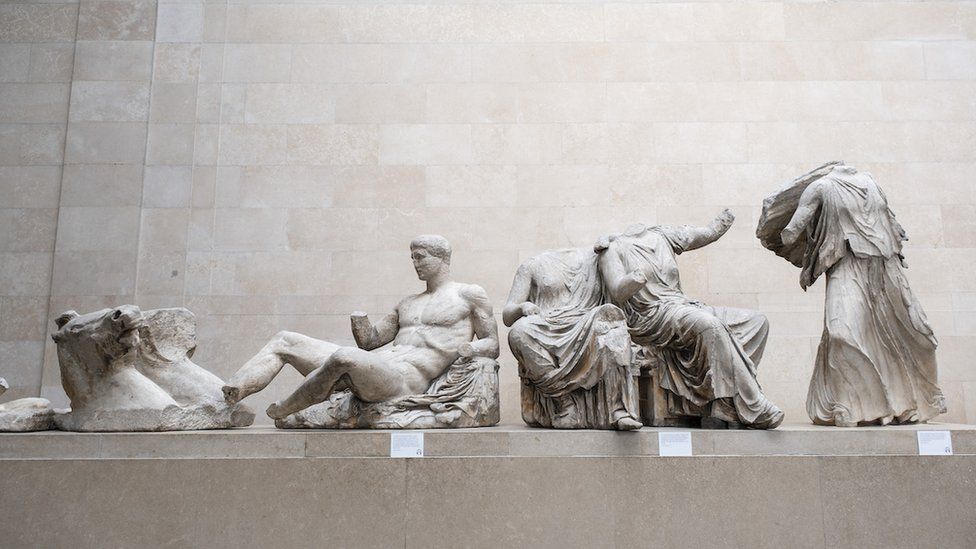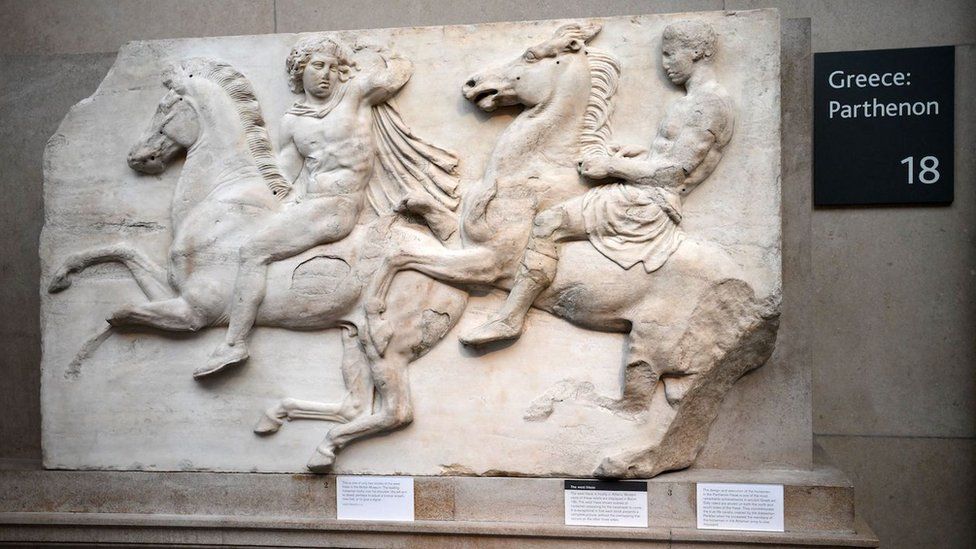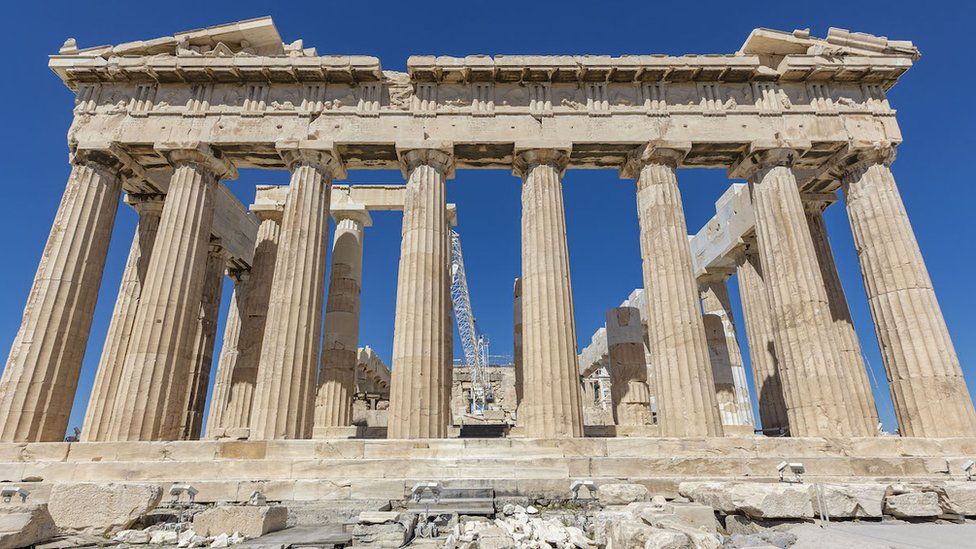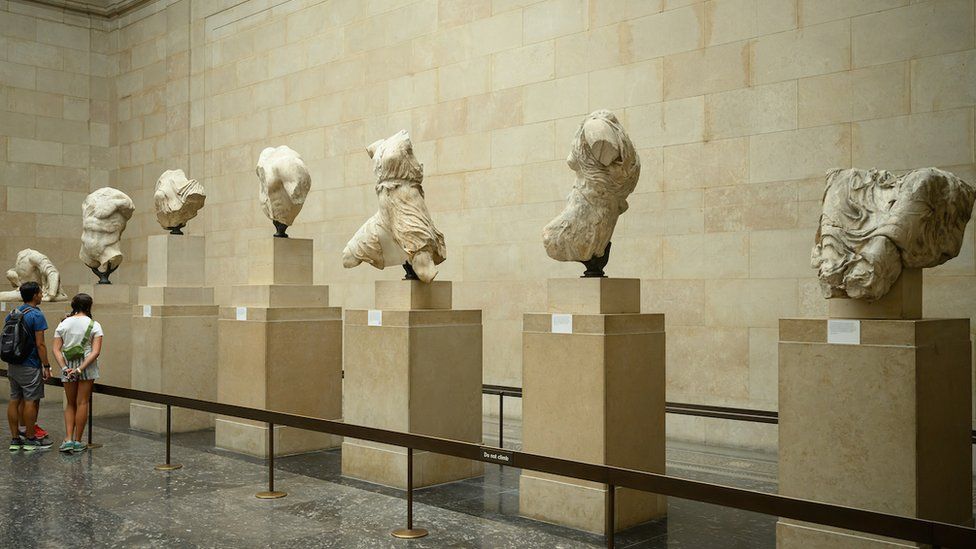What are the Elgin Marbles and how did Britain get them?
- Published
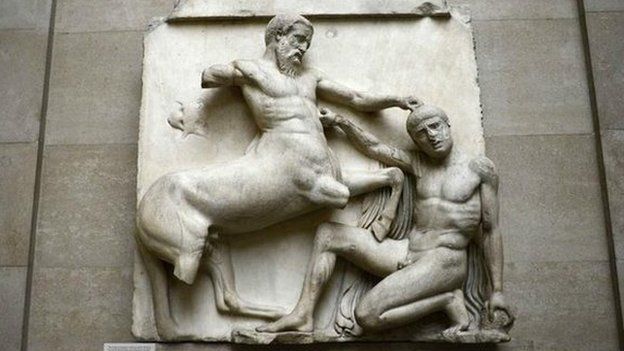
The Elgin Marbles have caused controversy for decades, as Greek and British politicians clash over the ancient artefacts.
But what are they and why are they so controversial?
- Published28 November 2023
- Published28 November 2023
- Published21 July 2023
- Published28 November 2023
Related Internet Links
The BBC is not responsible for the content of external sites.
